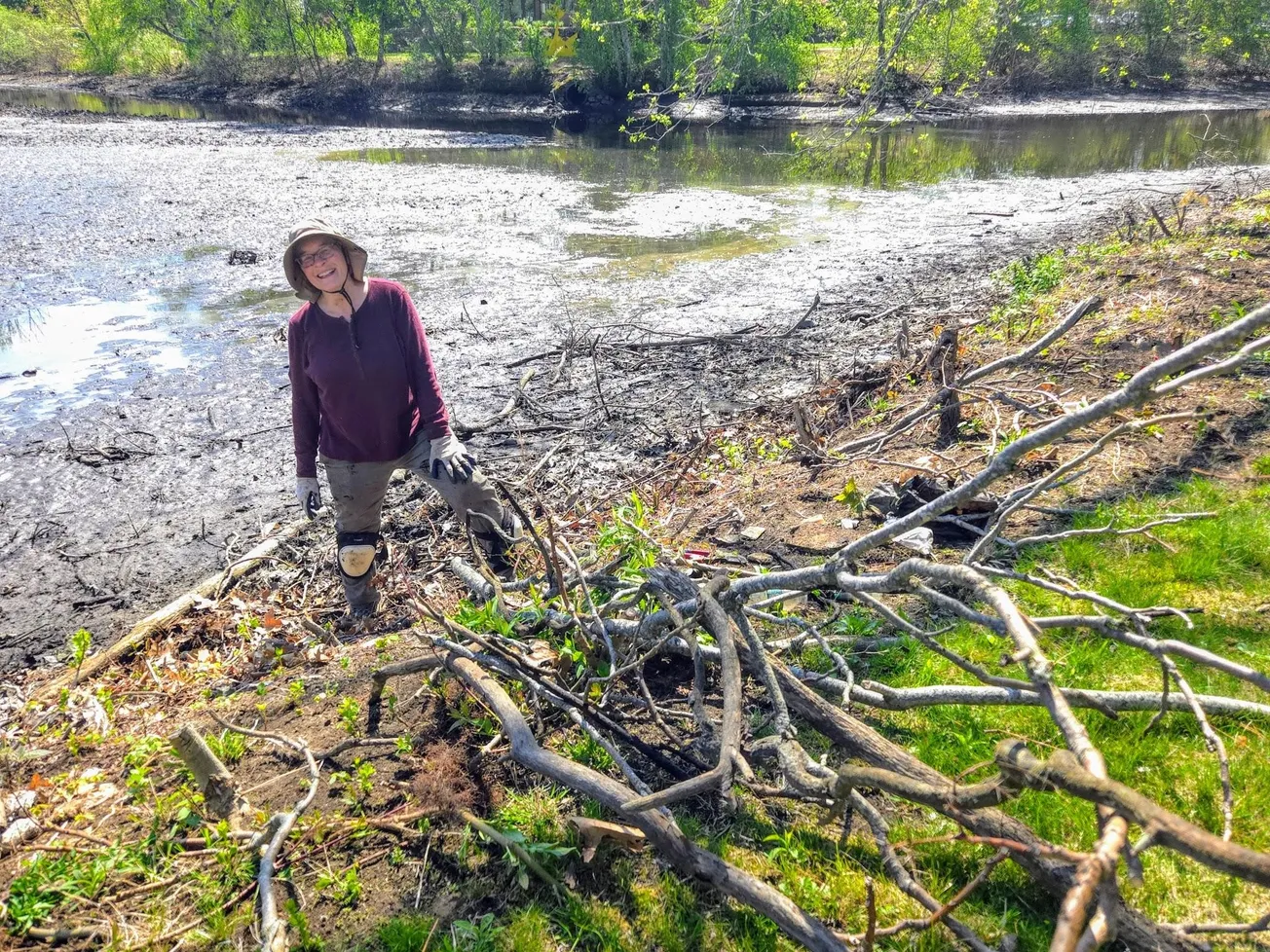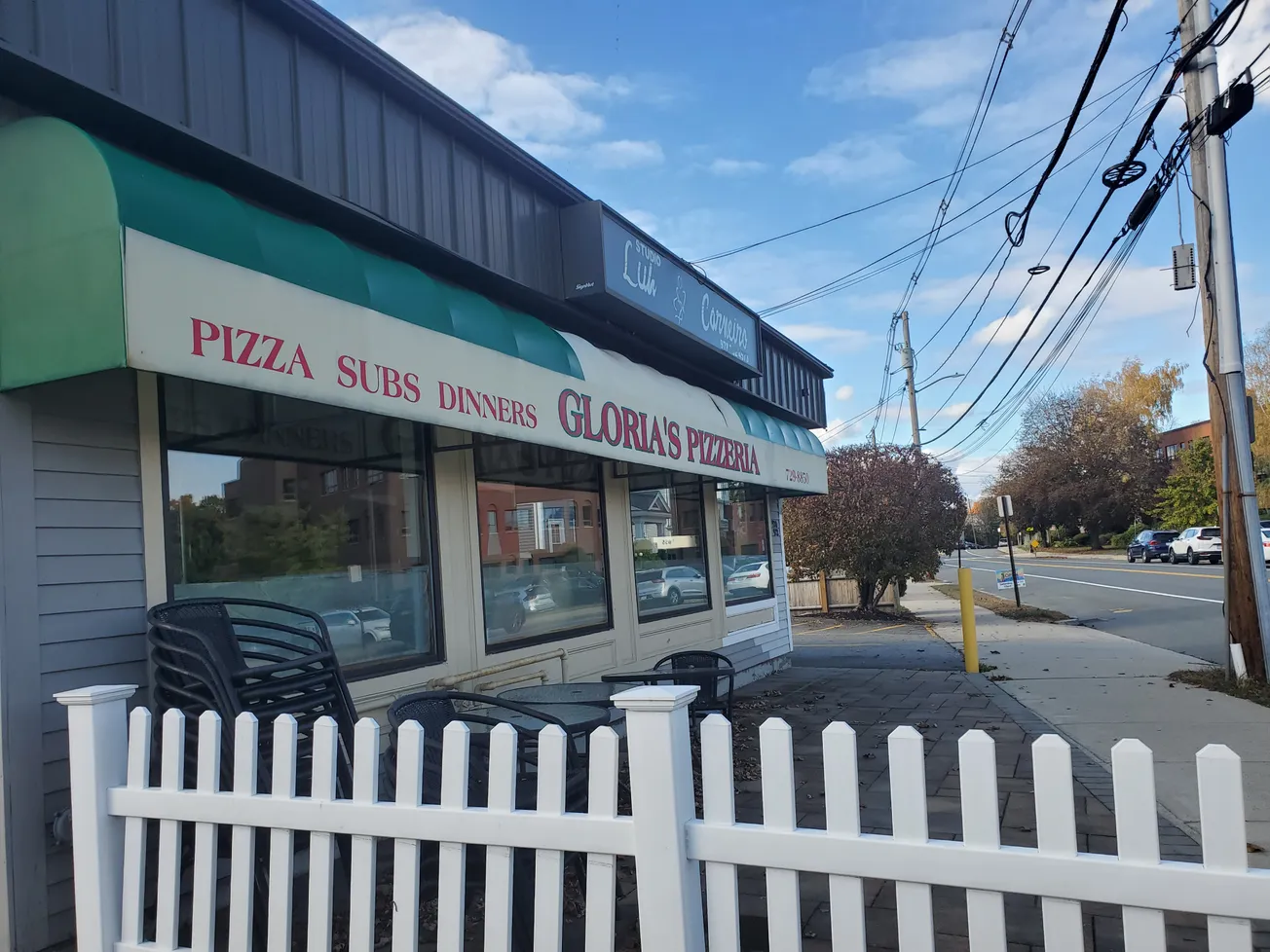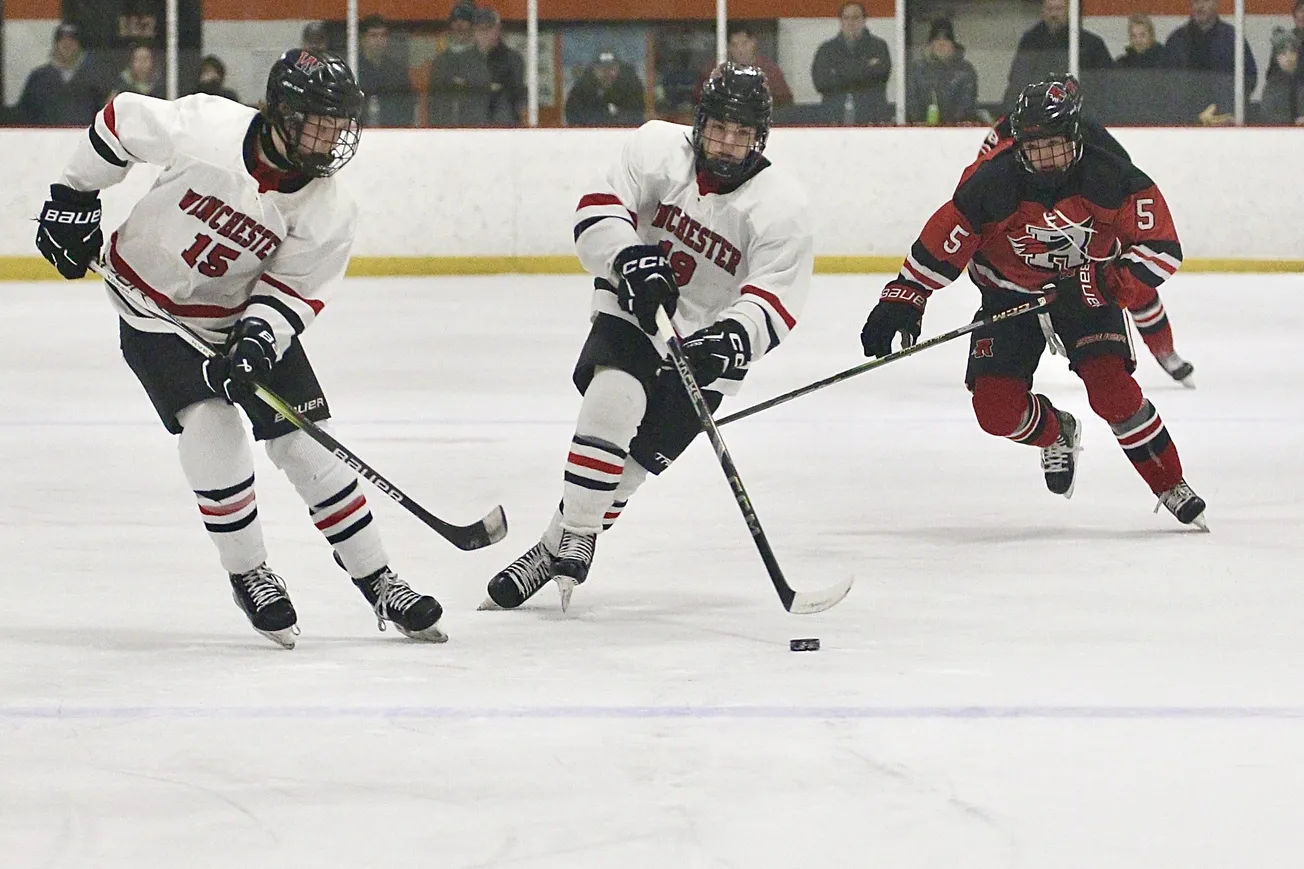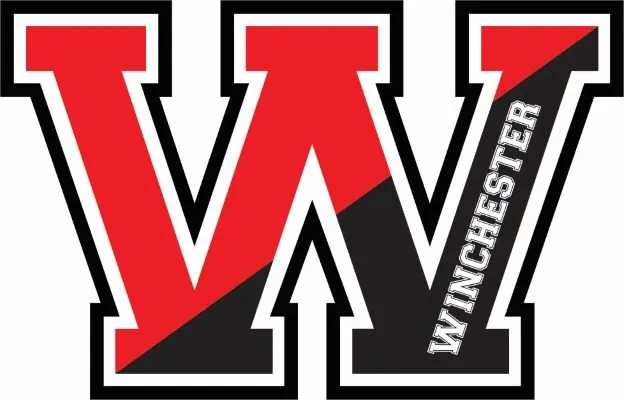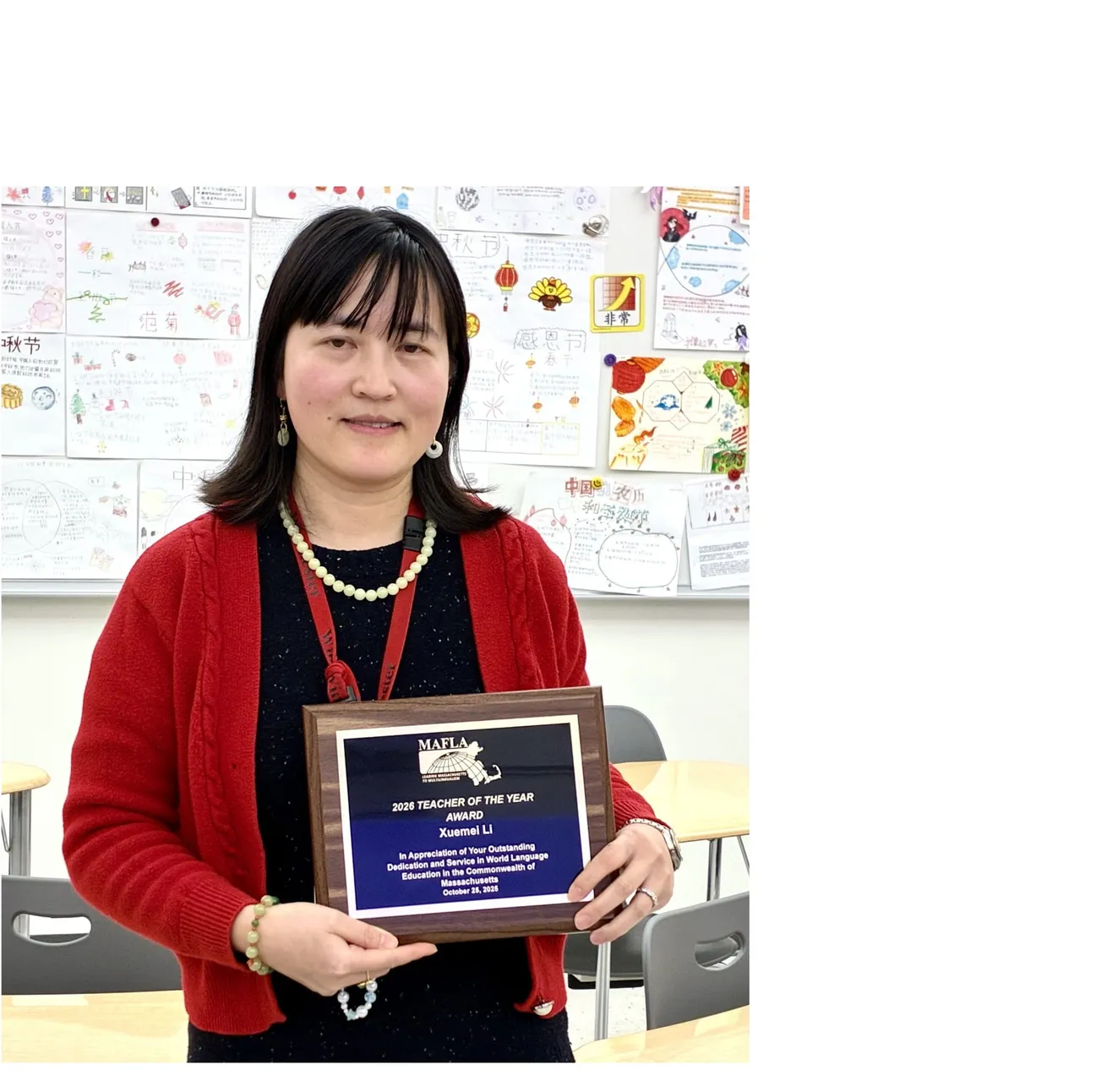Table of Contents
On a recent Saturday morning, dozens of hard-working volunteers could be found along Borggaard Beach at Wedge Pond, Judkins Pond near the Griffin Museum, and around the Mill Pond/Mystic Valley Parkway area removing invasive plants and clearing out trash.
Joining the tireless Conservation Commissioners were members of the Friends of Wedge Pond, Winchester Tennis Association, Select Board, Sustainable Winchester, Winchester Cultural District, Boy Scout Troop 507, and many other residents.
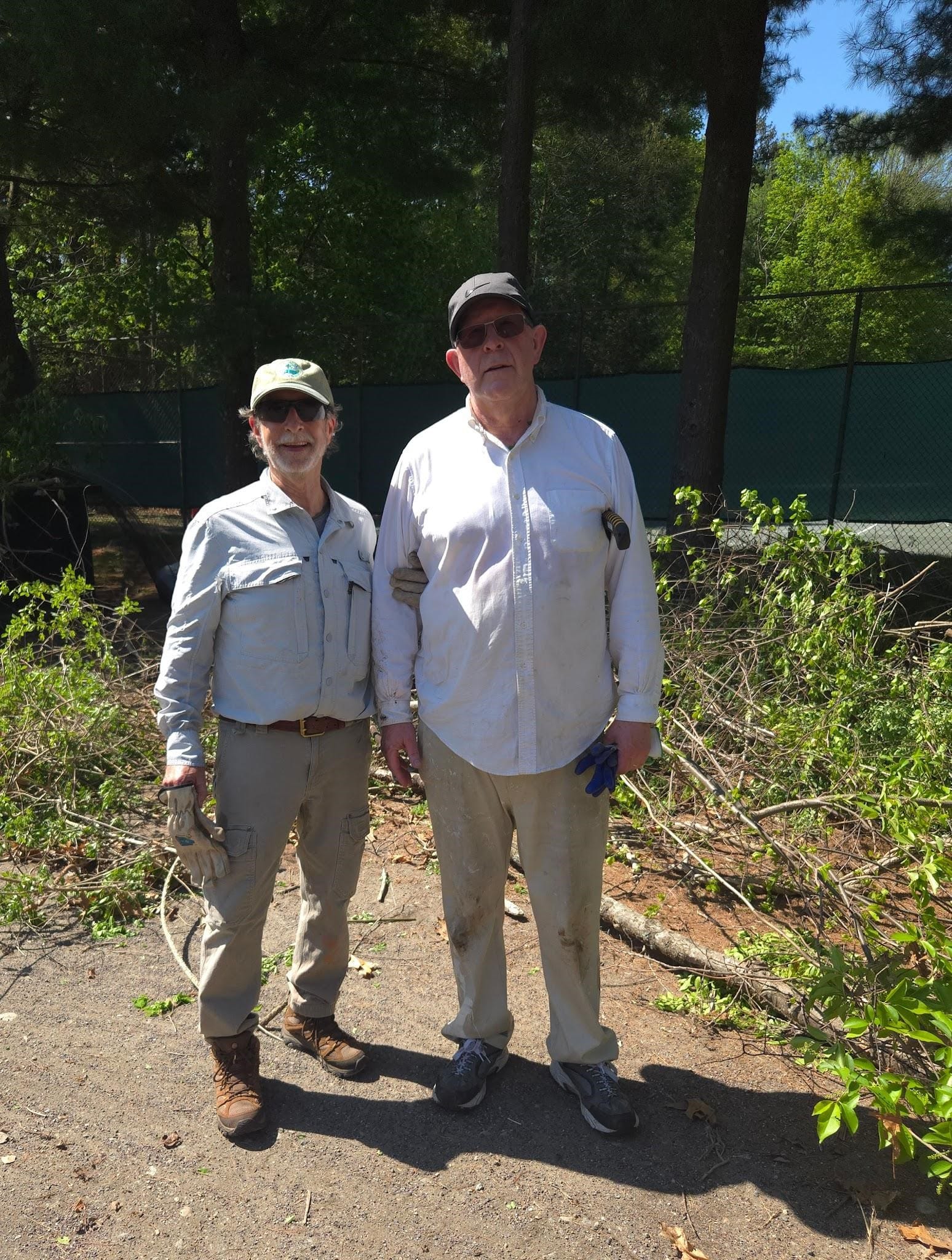
There was also a large contingent of Winchester High School students, with some working on their projects for the “Together We Can Make a Change” curriculum for their freshman biology class.
At Borggaard Beach, Buckthorn was the main invasive plant removed along Palmer Street. Like many invasives, it was introduced due to its fast growing nature, but has become a nuisance plant whose growth of up to 20 feet, in dense thickets, blocks native plants.
Conservation Commissioner William Band spoke of the Conservation Commission’s three year objective to restore the habitat at Wedge Pond, including plans to reopen the Borggaard Beach area to the public. This would not include swimming in the pond, but would be a welcome return to what once was a busy recreation area adjacent to the pond.
Matt Gordon, president of the Friends of Wedge Pond, added that one of the Friends’ goals is to renovate the playground area at the beach. Improving water quality is also a main objective, including algae and lake weed control.
Over at Judkins Pond, the cleanup was concentrated along the bank near the new Riverwalk Sculpture Park and the Griffin Museum.
The Conservation Commission had requested the water level be lowered in the pond to make it easier to access an old wire mesh fence for removal, as well as accessing invasive plants along the pond bank. The wire mesh had many plants growing through it, making it a tedious task to complete, with volunteers ankle deep in the muddy pond.
Behind the Town Hall, Elaine Vreeland, the administrator for the Conservation Commission, was busy handing out garbage bags and gloves for the volunteers collecting trash along the Mill Pond, Mystic Valley Parkway, and Skillings Road.
In past years, work along the Aberjona in this area focused on the invasive plant cleanup, but this year it was on trash collection. Many of the high school volunteers worked in this area, and did a wonderful job quickly amassing a large pile of filled bags.
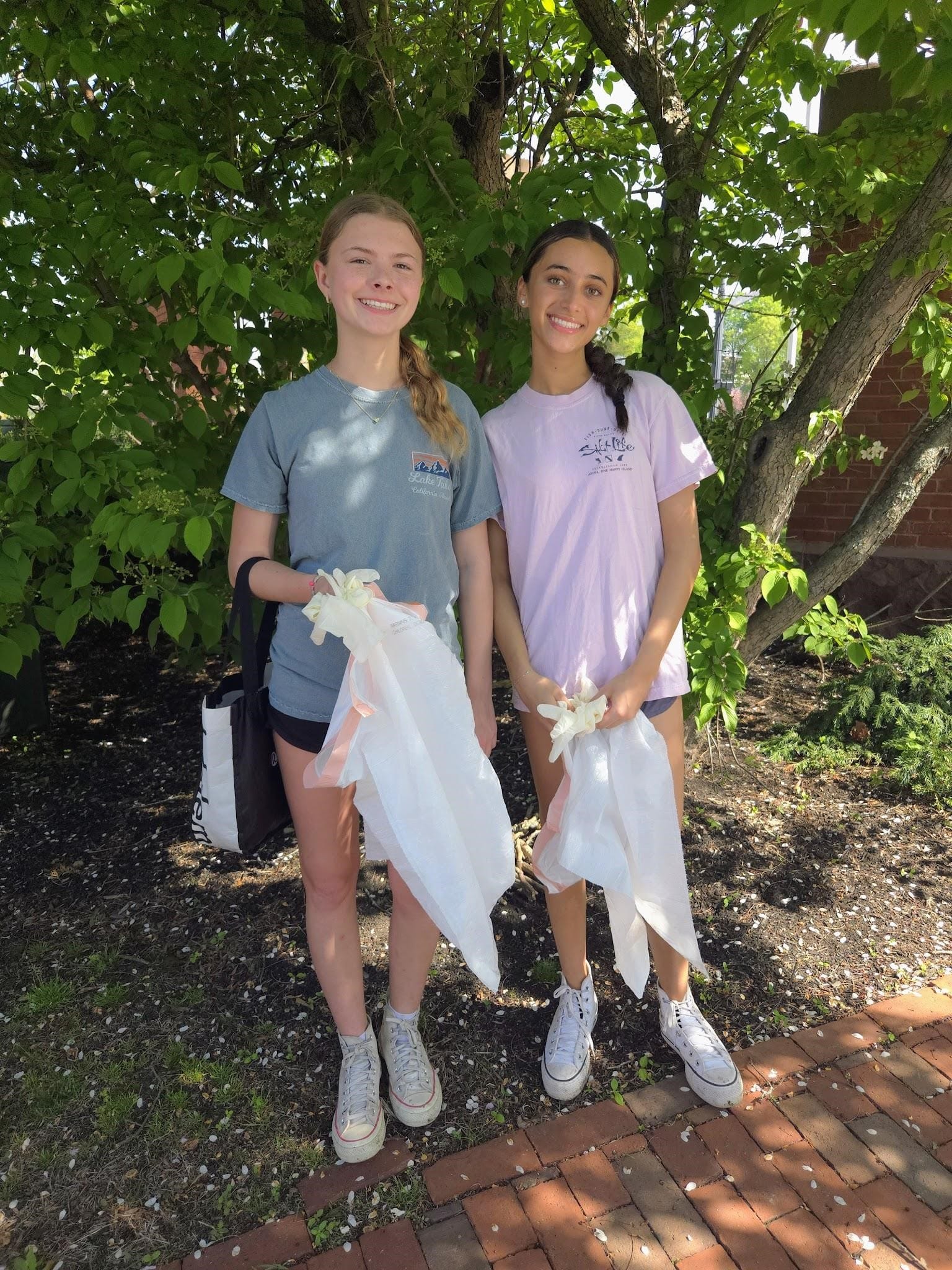
Overall, it was a very successful cleanup event, with much thanks to all who participated!
For those residents who were not able to attend, one way to help is to look for and remove invasive plants in your own yard. Invasive plant seeds spread easily through wind, water and animals, such as birds, which is why we have invasive plants like burning bush in conservation spaces such as the Town Forest.
Some plants that were sold in nurseries for years are now on the invasive plant list, like Burning Bush, Goutweed, and Japanese Barberry. Other plants spread easily into our yards, such as Japanese Knotweed, Oriental Bittersweet and Tree of Heaven.
A great resource to identify invasive plants and learn about how to remove them effectively is the Town of Natick’s Invasive Species website.

